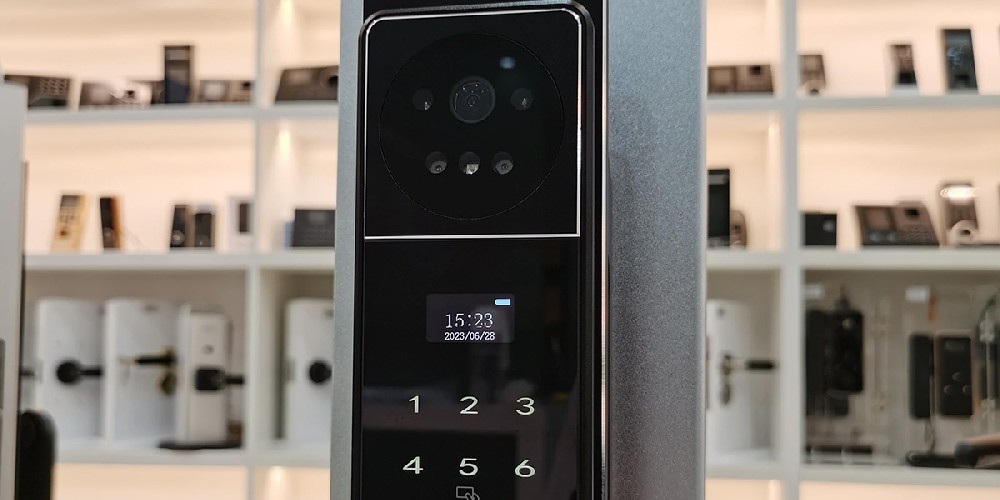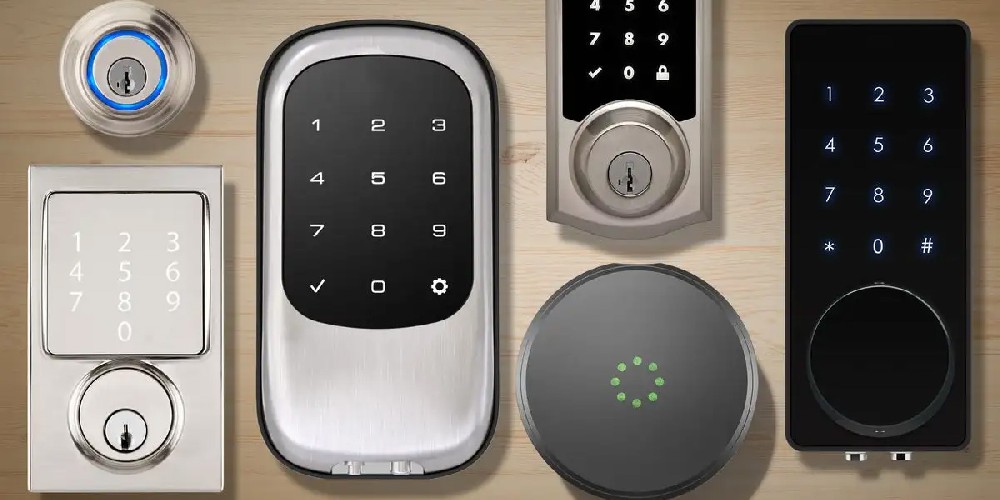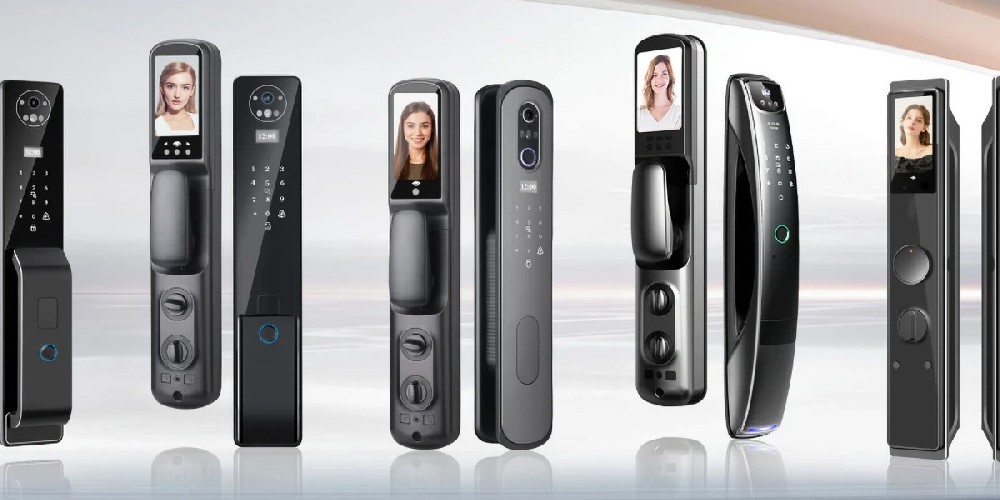Securing Tomorrow: 3D Face Recognition vs. Biometric Rivals

Introduction
Biometric security systems have witnessed a transformative evolution, with 3D face recognition door locks emerging as a cutting-edge technology. This article delves into the intricacies of this innovation, comparing it with other prominent biometric security systems like fingerprint recognition and iris scanning.
3D Face Recognition Door Lock Overview
The underlying principle of 3D face recognition technology lies in mapping facial features three-dimensionally. This nuanced approach provides a distinctive advantage in accurately identifying individuals. The security prowess of 3D face recognition door locks is underscored by their application across various domains, from residential spaces to high-security corporate environments.
Overview of Biometric Security Systems
In the realm of biometric security, fingerprint recognition stands as a stalwart. Its operational basis involves analyzing unique patterns at the fingertips. Additionally, iris scanning, which scrutinizes the intricate patterns within the iris, has gained prominence. Understanding these established technologies is crucial for a comprehensive comparison.
Security Considerations
3D face recognition exhibits noteworthy strengths. Its non-intrusive nature and resistance to spoofing set it apart. Conversely, fingerprint recognition, while widely used, faces challenges related to potential replication. Iris scanning, although secure, may encounter difficulties in variable lighting conditions.
Practicality Comparison
The application scenarios of these technologies vary. 3D face recognition, with its adaptability to diverse environments, excels in both well-lit and dimly lit spaces. Fingerprint recognition may face limitations in harsh environmental conditions, while iris scanning's performance can be affected by changes in ambient lighting.
Previous: Seamless Living: Tuya Electric Rim Locks Integrate Smart Homes
Next: No more





